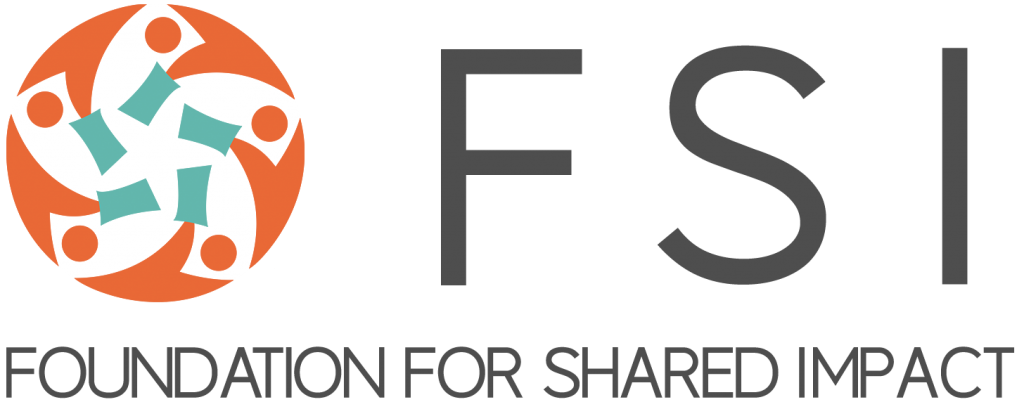In our recently published part I of our three-part Brace for Impact newsletter series, we invite our readers to contemplate a human-centred future of work.
The topic is pertinent because, while the COVID-19 pandemic made possible the largest social experiment of remote work, it also exposed the social and economic inequalities that have put the less privileged populations at even more risk of health and safety, unemployment, and poverty.
As more companies around the world are adopting (or planning to adopt) the principle of stakeholder capitalism to create long-term value for not just shareholders, but also other stakeholders such as employees, suppliers, customers, and communities, we hope this newsletter can serve as an opportunity to promote dialogues on the human-centred future of work.
The Human-Centred Future of Work
As countries adopt green recovery measures to revive their economies in ways that could also mitigate the effects of climate change, we must not lose sight of a human-centred agenda that is, to quote the ILO Global Commission on the Future of Work, based on investing in people’s capabilities, institutions of work, and decent and sustainable work. Massive unemployment as a result of increased automation is not inevitable. At the end of the day, how many workers are replaced by robots, whether workers are given the opportunities and resources to upskill, and how to utilize technology for it to augment human capabilities, are all decisions to be made by humans.
The ideal workplace would not only be conducive to employee productivity and engagement as well as organizational performance, but it would also build more sustainable and equitable communities. The key is to design and implement policies that address the needs of different employees, representing different stakeholders in society. And that is why it is important to have a board and a senior manager team that are diverse in gender, ethnicity, race, culture, expertise, abilities, and intelligence.
Just as important, the leadership team needs to be participatory, inclusive, authentic, and demonstrating servant leadership. With the representation of different stakeholders in society, leadership teams are better equipped to implement policies to support their employees, whether it is childcare support, healthcare coverage, or making the workplace accessible and inclusive for people with disabilities. Additionally, national and international policies and regulations, as well as cross-border partnerships, are more important than ever in the protection of workers’ rights.

Helping Your Employees Find Purpose in Their Work
People wanting to find purpose in their work is nothing new, but the COVID-19 pandemic has prompted more people to reconsider the kind of work they do, and to reflect on their purpose in life. Similar to employees with more autonomy in high-stress jobs, those who live their purpose at work are healthier and more resilient. But how can employers and managers help their employees find purpose in their work? These questions may be a good place to start.
Everyone has the ability to live a purpose-driven life, within or outside the workplace. At FSI, we have seen many such Corporate Participants in our Community Connections Program, who volunteer their skills to help social impact organizations address capacity-building needs that they otherwise would not have the resources to do. Through Community Connections, we are also helping these Corporate Participants to build their social impact journey. Having a “strategic side gig” will enable employees to expand their field of vision, and build the knowledge, skills, and connections that could contribute to the growth of themselves and their organizations. Get in touch with us if you would like to learn more about Community Connections!
If you haven’t yet, subscribe to our newsletters here.




